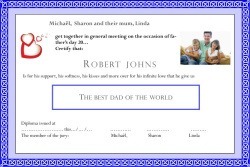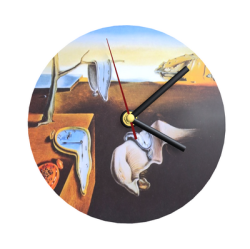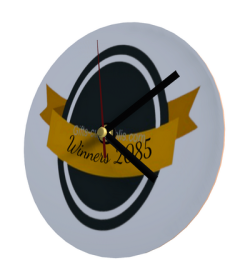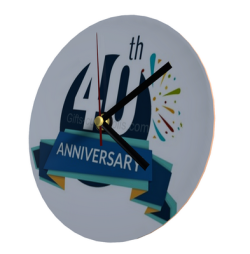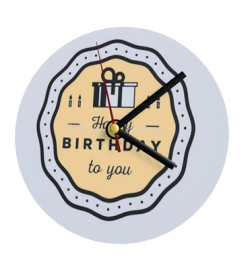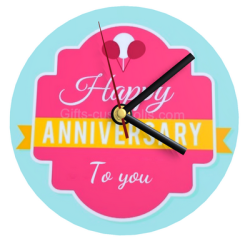Best dad diploma on a board...
What could be less classic than a diploma to tell your dad that he is the best and that he is a Superman. Because as the saying goes "There are superheroes without capes, they are called daddy." He is a real everyday hero. Every day, dad fulfills his role as father with honour. He deserves a nice personalised diploma delivered by the whole family. The best time to give it to him is without a doubt her birthday or Father's Day. But you can also offer him at any time, because he is really the best dad in the world. He is always listening to you and has always protected you. We print for you his personalised diploma with your first names on a small panel. Obviously, dad can place his diploma wherever he wants: on his desk, on the wall above his bed or in the entrance hall... A unique decorative gift that dad will be proud of. The diploma of the best dad is a small decorative gift to offer to dad, an original gift for Father's Day, a unique gift for his birthday. A tender gift to tell him how important he is to his family. Because he is, quite simply, the most wonderful dad in the world.






































